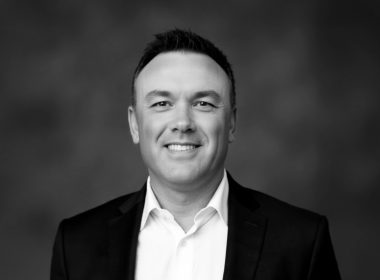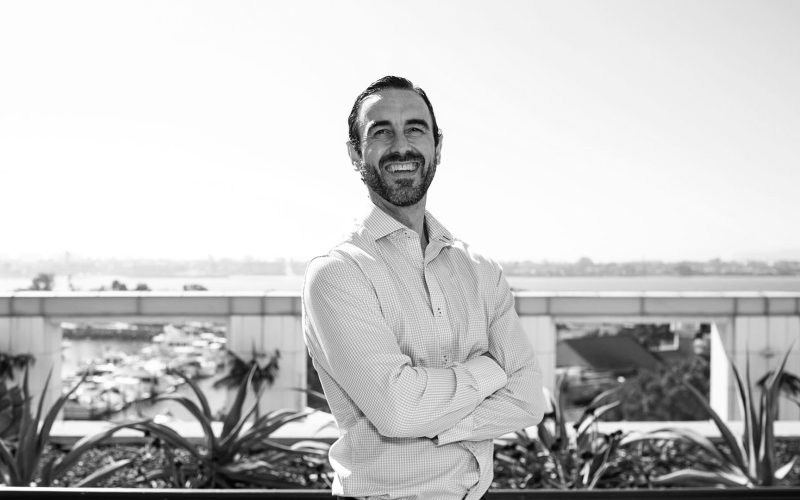Data drowns most businesses while insights remain scarce. This disconnect has companies rushing toward AI solutions that promise miracles but deliver disappointment. Building effective business observability requires strategy before technology, according to Ian Philips, GM for Full Stack Observability at HCLSoftware. Drawing from his extensive experience across multiple industries, Philips has developed a practical framework that helps organizations extract genuine value from their observability investments while avoiding the empty promise of AI magic.
The Empty Promise Everyone Falls For
Ian spends his days talking to businesses about their observability challenges. One comment keeps popping up regardless of industry. “There is one phrase I hear often no matter which vertical: ‘we will just let AI figure it out,'” he says. It’s a seductive idea – but one that leads nowhere without proper groundwork. He’s watched many companies learn this lesson the hard way. The organizations that get it right take a completely different approach. “The most successful organizations I have seen on this path don’t view AI as a magic solution but as a powerful tool within a well-structured observability framework,” Ian explains. The magic isn’t in the AI – it’s in how you set it up for success.
Three Steps That Actually Work
After years in the trenches, Ian has boiled down successful observability to three practical steps. None involve throwing money at new tools or hoping AI will save the day.
Specialization – Know Your Business First
First, forget generic solutions. “The key is developing domain-specific intelligence that reflects your unique business processes or value stream,” Ian says. This means digging into what makes your business tick before buying any technology. Ian pushes companies to look at both the forest and the trees.
Start with clear business outcomes, then work from both directions: “Take a dual approach: top-down by defining executive KPIs and bottom-up by connecting the operational monitoring IT metrics.” Before touching any dashboards, map out your critical business processes. “Clearly understand the value streams or critical business processes first, then identify what good looks like,” he advises. These become your measurement points.
Differentiation – Make Data Useful, Not Just Plentiful
Most companies drown in data while starving for insights. Ian’s second step fixes that problem by focusing on quick wins. “The key here is ‘time-to-value’ by implementing quick wins across the key value streams before expanding the solution. Show value to your stakeholders.” Breaking down data silos comes next. “Connect siloed data sources to create a unified control view,” Ian says. This creates something executives can actually use – “real-time risk scoring with impact analysis that executives can understand and act upon.” No more reports that nobody reads.
Institutionalization – Build Excellence Step by Step
The final step embeds these practices throughout the organization. Ian hates big-bang approaches that fail spectacularly. “Implement a ‘crawl-walk-run’ methodology that delivers value at each stage,” he recommends. Sometimes just mapping your processes properly delivers massive value before you implement anything. Communication makes or breaks this stage. “Stimulate feedback loops between business and IT to ensure the focus is on the very critical flows and controls,” Ian explains. He also pushes for business-friendly tools: “Make configurability easy for the business users to adapt metrics without a complicated IT dependency.” Every project should start with business outcomes, not technology assessments.
After working with countless organizations, Ian knows the truth about successful observability. “The secret to successful observability isn’t just about implementing more technology – it’s about ensuring you have a well-defined framework that is aligned with the business outcomes,” he says. This practical approach ensures your dashboards actually matter. Only then should you bring in AI to drive deeper insights. “This fundamental shift in approach means you are focused and spending your hard-earned dollars to harness data with AI-assisted insights to drive innovation, manage risk, and accelerate growth,” Ian concludes. Start with the business, not the technology – everything else follows from there.
Follow Ian Philips on LinkedIn for more insights on business observability and AI strategy.











